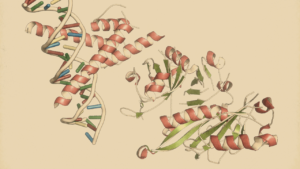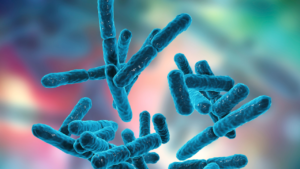The Gut-Brain Connection: How Hormones Influence Our Hunger and Fullness
Unlock the secrets of the gut-brain connection! Discover how hormones shape our hunger and fullness, paving the way for better understanding of eating habits
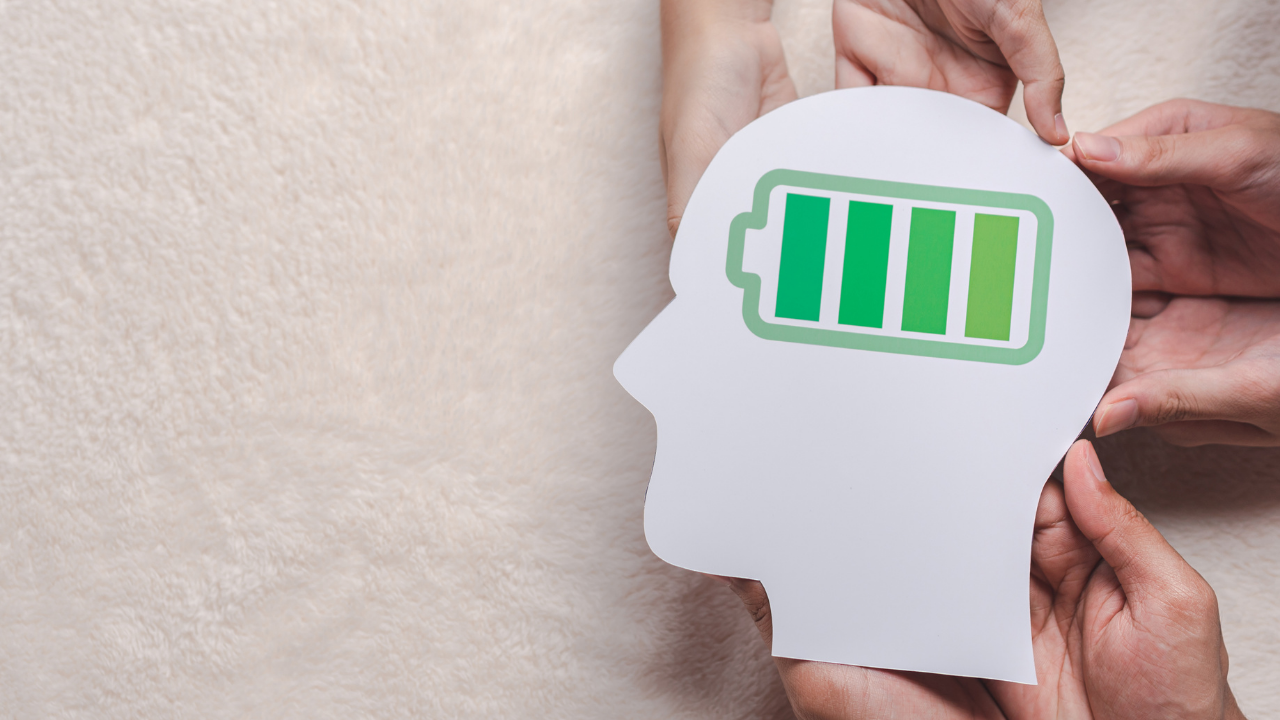
In This Article:
Key Points
- The gut-brain axis is a vital communication network between our digestive system and brain, helping to regulate energy levels and maintain overall well-being.
- The vagus nerve plays a crucial role in relaying messages about our energy needs from the gut to the brain.
- Special cells in the gut have extensions that reach out to the vagus nerve, creating a fast track for signals to the brain.
- Recent research using optogenetics has shown that the gut can trigger the reward centers in the brain, influencing cravings and food pleasures.
- Hormones released by the gut influence hunger and fullness, with specialized cells producing hormones that signal satisfaction to the brain while ghrelin from the stomach signals hunger.
- The hypothalamus in the brain plays a crucial role in regulating hunger and satiety, with POMC neurons releasing a hormone that signals fullness and AgRP/NPY neurons releasing chemicals that stimulate hunger.
- Hormones like insulin and leptin inform the brain about energy reserves and suppress hunger, while ghrelin from the stomach increases appetite.
- The intestines also produce hormones that influence hunger and digestion, such as CCK, GLP-1, GIP, and PYY.
- The brain's reward system links the need for nutrients with pleasure, making eating enjoyable.
- Understanding these mechanisms can provide insights into issues like obesity and eating disorders.
Gut-Brain Connection: The Key to Our Body’s Energy Balance
The gut-brain axis is a vital communication network between our digestive system and brain, helping regulate our energy levels.
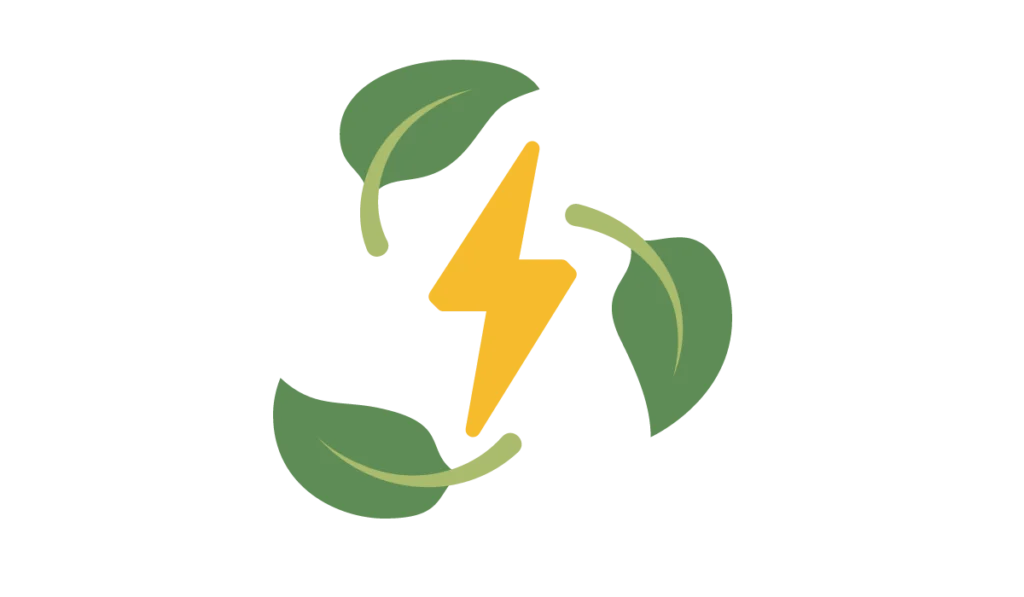
Through a two-way exchange involving nervous and systemic pathways, it keeps the brain updated on our body's energy needs, ensuring we maintain a healthy balance A Trusted Source Cryan, J. F., O’riordan, K. J., Cowan, C. S. M., Sandhu, K. V., Bastiaanssen, T. F. S., and Boehme, M. (2019). The Microbiota-Gut-Brain Axis. Physiol. Rev. 99, 1877–2013. doi: 10.1152/physrev.00018.2018 PubMed AbstractCrossRef Full TextGoogle Scholar.
This fascinating interplay is crucial for our overall well-being.
Decoding the Gut-Brain Connection: How Our Digestive System Talks to Our Brain
Imagine your gastrointestinal tract not just as a food processor, but as a sophisticated communication hub, nicknamed our 'second brain.'
This 'second brain' talks to our actual brain using the gut-brain connection, a network so complex it can influence how full we feel and what we choose to eat A Trusted Source Sclafani, A., Ackroff, K., and Schwartz, G. J. (2003). Selective effects of vagal deafferentation and celiac-superior mesenteric ganglionectomy on the reinforcing and satiating action of intestinal nutrients. Physiol. Behav. 78, 285–294. doi: 10.1016/s0031-9384(02)00968-x PubMed AbstractCrossRef Full TextGoogle Scholar.
The conversation within this network happens through pathways where the vagus nerve is a star player.
It's like a highway of information running from the gut to the brainstem, and from there to the brain itself, relaying messages about our energy levels A Trusted Source Berthoud, H. R., Blackshaw, L. A., Brookes, S. J. H., and Grundy, D. (2004). Neuroanatomy of extrinsic afferents supplying the gastrointestinal tract. Neurogastroenterol. Motil. 16, 28–33. doi: 10.1111/j.1743-3150.2004.00471.x PubMed AbstractCrossRef Full TextGoogle Scholar A Trusted Source Rinaman, L. (2010). Ascending projections from the caudal visceral nucleus of the solitary tract to brain regions involved in food intake and energy expenditure. Brain Res. 1350, 18–34. doi: 10.1016/j.brainres.2010.03.059 PubMed AbstractCrossRef Full TextGoogle Scholar.
Picture the vagus nerve as a sensor-studded road, where hormone receptors along the way can detect different signals—like how stretched your stomach is or how many nutrients are present.
Interestingly, not too long ago, scientists discovered that special cells in our gut have arm-like extensions reaching out to the vagus nerve, creating a fast track for signals to our brain, making our response to food intake incredibly swift A Trusted Source Kaelberer, M. M., Buchanan, K. L., Klein, M. E., Barth, B. B., Montoya, M. M., Shen, X., et al. (2018). A gut-brain neural circuit for nutrient sensory transduction. Science 361:eaat5236. doi: 10.1126/science.aat5236 PubMed AbstractCrossRef Full TextGoogle Scholar A Trusted Source Liddle, R. A. (2019). Neuropods. Cell. Mol. Gastroenterol. Hepatol. 7, 739–747. doi: 10.1016/j.jcmgh.2019.01.006 PubMed AbstractCrossRef Full TextGoogle Scholar.
Even more fascinating is recent research using optogenetics, a technique that uses light to control cells, showing that our gut can trigger the reward centers in the brain, helping explain cravings and food pleasures.
This groundbreaking study reveals the vagus nerve's critical role in sending 'reward' signals to the brain, affecting not just hunger, but our food desires A Trusted Source Han, W., Tellez, L. A., Perkins, M. H., Perez, I. O., Qu, T., Ferreira, J., et al. (2018a). A neural circuit for gut-induced reward. Cell 175, 887–888. doi: 10.1016/j.cell.2018.10.018 PubMed AbstractCrossRef Full TextGoogle Scholar .
Understanding this gut-brain dialogue not only fascinates us but can lead to new ways to manage diet and health, showing just how much our 'second brain' influences our daily lives.
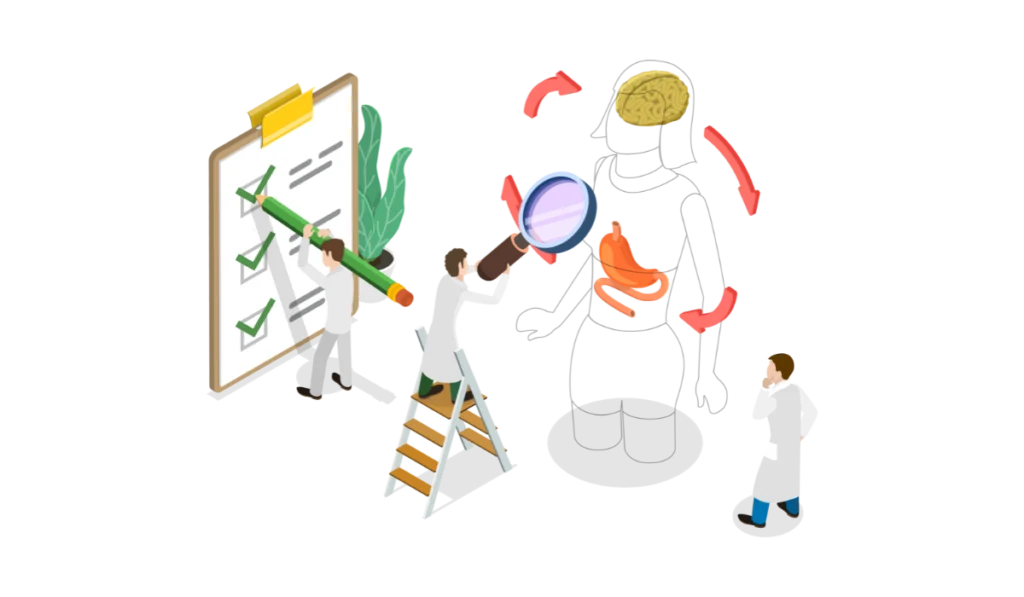
The Gut-Brain Connection: Our Internal Communication Network
Our gut does more than digest food; it's a powerhouse of communication with our brain, known as the gut-brain connection.
This system is lined with specialized cells that release hormones influencing our hunger and fullness.
After eating, these cells produce hormones like GLP-1 and CCK, which tell our brain we're satisfied, while ghrelin from the stomach signals hunger A Trusted Source Latorre, R., Sternini, C., De Giorgio, R., and Greenwood-Van Meerveld, B. (2016). Enteroendocrine cells: a review of their role in brain-gut communication. Neurogastroenterol. Motil. 28, 620–630. doi: 10.1111/nmo.12754 PubMed AbstractCrossRef Full TextGoogle Scholar.
Together, they form a network that not only controls appetite but also communicates with other organs, making the gut a major endocrine player A Trusted Source Plovier, H., and Cani, P. D. (2017). Enteroendocrine cells: metabolic relays between microbes and their host. Endocr. Dev. 32, 139–164.Google Scholar.
Understanding the Gut-Brain Connection in Eating Habits
Our eating habits are managed by a balancing act within our body.
The gut-brain connection plays a key role, in ensuring we eat enough for energy via a process called homeostatic control A Trusted Source Morton, G. J., Meek, T. H., and Schwartz, M. W. (2014). Neurobiology of food intake in health and disease. Nat. Rev. Neurosci. 15, 367–378.Google Scholar. But there's more—our brain's reward system often pushes us toward 'pleasure eating,' especially sugary or fatty 'palatable food' A Trusted Source Stice, E., Figlewicz, D. P., Gosnell, B. A., Levine, A. S., and Pratt, W. E. (2013). The contribution of brain reward circuits to the obesity epidemic. Neurosci. Biobehav. Rev. 37, 2047–2058. doi: 10.1016/j.neubiorev.2012.12.001 PubMed AbstractCrossRef Full TextGoogle Scholar.
While traditionally, weight stability has focused on this energy balance, the lure of today's abundant high-calorie foods can overpower it, leading many researchers to point to our craving for pleasure as a pivotal factor in obesity A Trusted Source Volkow, N. D., Wang, G. J., and Baler, R. D. (2011). Reward, dopamine and the control of food intake: implications for obesity. Trends Cogn. Sci. 15, 37–46.Google Scholar.
Probiotic Supplements: Support your gut health with our carefully selected probiotic supplements, designed to enhance gut-brain communication and improve digestive well-being.
Homeostatic Control of Our Eating Habits: The Gut-Brain Connection
Have you ever considered why we eat the amount we do, or what governs our hunger and fullness?
Behind the simple act of eating lies a complex network involving our gut and brain, often referred to as the "Gut-Brain Connection."
Let’s take a dive into the science behind this fascinating system that keeps our energy levels balanced and plays a crucial role in our overall health.
The Hypothalamus: The Conductor of Appetite Control
At the heart of our hunger control lies a tiny but powerful brain region known as the hypothalamus.
Imagine it as a bustling control center, directing signals to regulate our appetite Joly-Amado et al., 2014 A Trusted Source Joly-Amado, A., Cansell, C., Denis, R. G., Delbes, A. S., Castel, J., Martinez, S., et al. (2014). The hypothalamic arcuate nucleus and the control of peripheral substrates. Best Pract. Res. Clin. Endocrinol. Metab. 28, 725–737. doi: 10.1016/j.beem.2014.03.003 PubMed AbstractCrossRef Full TextGoogle Scholar .
Within the hypothalamus, specific areas like the arcuate nucleus (Arc) are populated with neurons acting like on-and-off switches for our hunger.
Two key types of neurons are at play here: one set releases Agouti-related protein (AgRP) and neuropeptide Y (NPY),
which make us hungry, while another set releases pro-opiomelanocortin (POMC) and cocaine-amphetamine-related transcript (CART), which signal fullness A Trusted Source Morton, G. J., Cummings, D. E., Baskin, D. G., Barsh, G. S., and Schwartz, M. W. (2006). Central nervous system control of food intake and body weight. Nature 443, 289–295.Google Scholar.
They work in tandem, much like rivals, keeping each other in check to maintain our energy balance..
When POMC neurons fire up, they release a hormone that latches onto receptors in another part of the hypothalamus, the paraventricular nucleus (PVN), telling our body that we've had enough to eat.
The opposite happens when AgRP/NPY neurons get activated; they release their own chemicals, prompting hunger A Trusted Source Morton, G. J., Meek, T. H., and Schwartz, M. W. (2014). Neurobiology of food intake in health and disease. Nat. Rev. Neurosci. 15, 367–378.Google Scholar.
The Third Ventricle: A Window for Hunger Signals
These hypothalamic regions sit near a passage in the brain called the third ventricle, where the blood-brain barrier is more like a sieve.
It's through this sieve that hunger and fullness signals from our body can reach the Arc and PVN, where receptors for various appetite-related hormones are waiting to be triggered A Trusted Source Cone, R. D. (2005). Anatomy and regulation of the central melanocortin system. Nat. Neurosci. 8, 571–578. doi: 10.1038/nn1455 PubMed AbstractCrossRef Full TextGoogle Scholar.
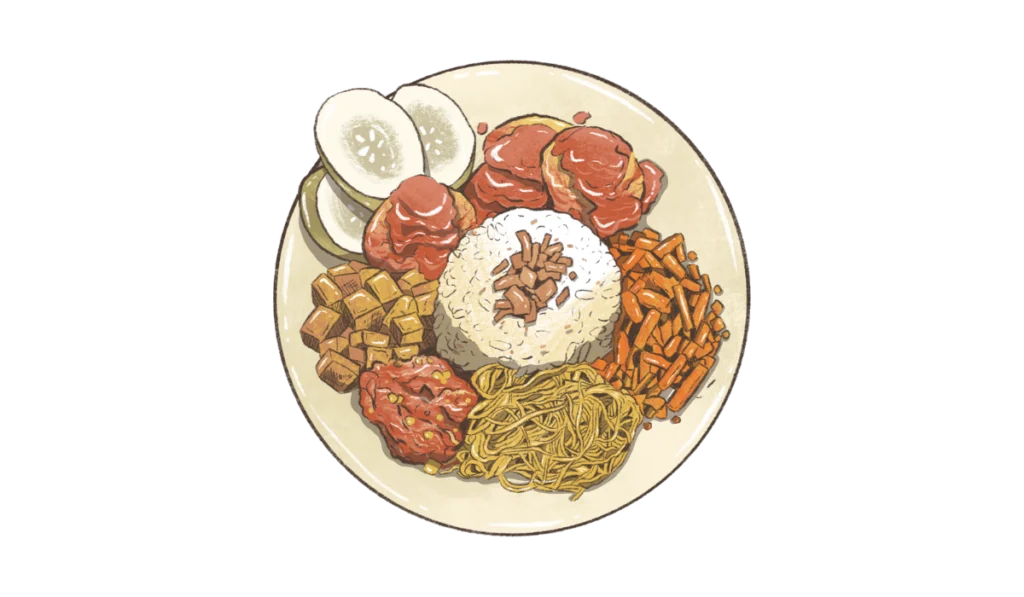
Peripheral Signals: The Body's Hunger Messengers
Hormones like insulin and leptin serve as messengers, informing the brain about our current energy reserves.
Insulin, although primarily known for regulating blood sugar, also communicates with the hypothalamus to curb our appetite A Trusted Source Dodd, G. T., and Tiganis, T. (2017). Insulin action in the brain: roles in energy and glucose homeostasis. J. Neuroendocrinol. 29:e12513. doi: 10.1111/jne.12513 PubMed AbstractCrossRef Full TextGoogle Scholar.
Leptin, produced by our fat cells, conveys how much fat we have stored, similarly suppressing hunger A Trusted Source Thornton, J. E., Cheung, C. C., Clifton, D. K., and Steiner, R. A. (1997). Regulation of hypothalamic proopiomelanocortin mRNA by leptin in ob/ob mice. Endocrinology 138, 5063–5066.Google Scholar.
In contrast, ghrelin, primarily made in the stomach, ignites our appetite, affecting the same Arc neurons to signal that it’s time to eat A Trusted Source Chen, S. R., Chen, H., Zhou, J. J., Pradhan, G., Sun, Y., Pan, H. L., et al. (2017). Ghrelin receptors mediate ghrelin-induced excitation of agouti-related protein/neuropeptide Y but not pro-opiomelanocortin neurons. J. Neurochem. 142, 512–520. doi: 10.1111/jnc.14080 PubMed AbstractCrossRef Full TextGoogle Scholar.
The Intestinal Cast: Beyond Digestion
Our intestines do more than just digest food; they produce their own set of hormones that influence our brain's hunger circuit.
Cholecystokinin (CCK), secreted when we eat fats and proteins, triggers fullness A Trusted Source Polak, J. M., Bloom, S. R., Rayford, P. L., Pearse, A. G., Buchan, A. M., and Thompson, J. C. (1975). Identification of cholecystokinin-secreting cells. Lancet 2, 1016–1018.Google Scholar A Trusted Source Warrilow, A., Turner, M., Naumovski, N., and Somerset, S. (2022). Role of cholecystokinin in satiation: a systematic review and meta-analysis. Br. J. Nutr. 14, 1–25. doi: 10.1017/S0007114522000381PubMed AbstractCrossRef Full TextGoogle Scholar.
GLP-1 and glucose-dependent insulinotropic peptide (GIP) also join this chorus, with GLP-1 playing a dual role in signaling satiety and in regulating our blood sugar levels A Trusted Source Roberge, J. N., and Brubaker, P. L. (1993). Regulation of intestinal proglucagon-derived peptide secretion by glucose-dependent insulinotropic peptide in a novel enteroendocrine loop. Endocrinology 133, 233–240. doi: 10.1210/endo.133.1.8319572 PubMed AbstractCrossRef Full TextGoogle Scholar A Trusted Source Hansen, C. F., Vrang, N., Sangild, P. T., and Jelsing, J. (2013). Novel insight into the distribution of L-cells in the rat intestinal tract. Am. J. Transl. Res. 5, 347–358.Google Scholar.
PYY, another gut hormone, is released post-fat intake, further amplifying the 'stop eating' signals A Trusted Source Morley, J. E., Levine, A. S., Grace, M., and Kneip, J. (1985). Peptide Yy (Pyy), a potent orexigenic agent. Brain Res. 341, 200–203.Google Scholar A Trusted Source Bottcher, G., Ekblad, E., Ekman, R., Hakanson, R., and Sundler, F. (1993). Peptide Yy: a neuropeptide in the gut. Immunocytochemical and immunochemical evidence. Neuroscience 55, 281–290. doi: 10.1016/0306-4522(93)90472-r PubMed AbstractCrossRef Full TextGoogle Scholar Acuna-Goycolea and van den Pol, 2005.
The Systemic Pathway: When Hunger Meets Pleasure
Our appetite is not just about keeping the energy balance.
It’s also influenced by the brain's reward system, which links the need for nutrients with pleasure.
The lateral hypothalamus (LH) serves as a bridge between the balance-keeping and pleasure-seeking parts of our brain, sending signals to reward centers that make eating enjoyable A Trusted Source Murray, S., Tulloch, A., Gold, M. S., and Avena, N. M. (2014). Hormonal and neural mechanisms of food reward, eating behaviour and obesity. Nat. Rev. Endocrinol. 10, 540–552.Google Scholar.
Beyond Satiety: The Gut's Role in Digestion and Beyond
It’s not just about feeling full; gut hormones are multitaskers.
They regulate how quickly food leaves the stomach and how well the intestines move, ensuring a smooth digestive process.
They also influence how other organs, like the pancreas and gallbladder, contribute to digestion A Trusted Source Polak, J. M., Bloom, S. R., Rayford, P. L., Pearse, A. G., Buchan, A. M., and Thompson, J. C. (1975). Identification of cholecystokinin-secreting cells. Lancet 2, 1016–1018.Google Scholar A Trusted Source Hansen, C. F., Vrang, N., Sangild, P. T., and Jelsing, J. (2013). Novel insight into the distribution of L-cells in the rat intestinal tract. Am. J. Transl. Res. 5, 347–358.Google Scholar.

Conclusion: A Harmony of Signals
Our eating behavior is the result of a symphony of signals between our gut and brain.
Hormones play a key role as messengers, ensuring that our energy intake matches our body’s needs.
This complex interplay maintains our energy balance and impacts our mood, and even our long-term health.
Understanding these mechanisms not only sheds light on the marvels of human biology but also paves the way for addressing issues like obesity, eating disorders, and other metabolic conditions..
For those intrigued by the details, delving into the research and understanding the molecular players can be a fulfilling pursuit.
After all, the journey to understanding our eating habits can be as enriching as enjoying a good meal!
Kitchen Tools: Equip your kitchen with our range of tools, making it easier to prepare nutritious meals that benefit both your gut and brain.
Unraveling the Gut-Brain Connection: How Our Cravings Go Beyond Hunger
The Dance of Desire: Beyond Basic Hunger
The allure of a decadent slice of chocolate cake or the aroma of freshly baked bread triggers something within us that goes beyond the basic need to eat.
It's a complex interaction between our senses and our brain, a process not solely rooted in the body's need for nutrients but also intertwined with pleasure and desire.
This is the realm of non-homeostatic food intake, where our senses of taste, smell, texture, and sight intertwine, driving us to eat for sheer pleasure A Trusted Source Rosenstein, D., and Oster, H. (1988). Differential Facial Responses to Four Basic Tastes in Newborns. Child Dev. 59, 1555–1568.Google Scholar A Trusted Source Tan, H. E., Sisti, A. C., Jin, H., Vignovich, M., Villavicencio, M., Tsang, K. S., et al. (2020). The gut-brain axis mediates sugar preference. Nature 580, 511–516.Google Scholar.
From Survival to Overindulgence: The Evolution of Eating
Historically, this reward system was critical for our ancestors, guiding them to high-energy foods that helped them survive.
In modern times, however, with an abundance of palatable foods, this same system can lead to overeating and obesity A Trusted Source de Araujo, I. E., Schatzker, M., and Small, D. M. (2020). Rethinking Food Reward. Annu. Rev. Psychol. 71, 139–164. doi: 10.1146/annurev-psych-122216-011643 PubMed AbstractCrossRef Full TextGoogle Scholar.
The discovery of this reward system's neurological underpinnings began with Olds and Milner (1954), who identified specific rewarding sites in rat brains.
The pathway in question involves dopaminergic neurons in the VTA projecting to the striatum and prefrontal cortex A Trusted Source Arias-Carrion, O., Stamelou, M., Murillo-Rodriguez, E., Menendez-Gonzalez, M., and Poppel, E. (2010). Dopaminergic reward system: a short integrative review. Int. Arch. Med. 3:24. doi: 10.1186/1755-7682-3-24 PubMed AbstractCrossRef Full TextGoogle Scholar
, along with interconnected structures like the amygdala and hippocampus A Trusted Source Kenny, P. J. (2011). Common cellular and molecular mechanisms in obesity and drug addiction. Nat. Rev. Neurosci. 12, 638–651. doi: 10.1038/nrn3105 PubMed AbstractCrossRef Full TextGoogle Scholar.
Dopamine: The Driver of Desire
Central to this system is dopamine, a neurotransmitter that drives both food and drug rewards A Trusted Source Robinson, T. E., and Berridge, K. C. (2003). Addiction. Annu. Rev. Psychol. 54, 25–53.Google Scholar.
Blocking this pathway can dampen the response to food rewards A Trusted Source Wise, R. A., and Rompre, P. P. (1989). Brain dopamine and reward. Annu. Rev. Psychol. 40, 191–225.Google Scholar, highlighting dopamine's pivotal role in the reward experience.
The synthesis of dopamine is a two-step process, beginning with the conversion of tyrosine to DOPA, followed by its transformation into dopamine itself.
Once released into the synaptic space, dopamine is either recaptured or degraded, with its balance being critical to its function in the reward system.
A Symphony of Neurotransmitters
Alongside dopamine, GABAergic and glutamatergic neurons, as well as opioid and endocannabinoid systems, contribute to the reward processes A Trusted Source Le Merrer, J., Becker, J. A., Befort, K., and Kieffer, B. L. (2009). Reward processing by the opioid system in the brain. Physiol. Rev. 89, 1379–1412. doi: 10.1152/physrev.00005.2009 PubMed AbstractCrossRef Full TextGoogle Scholar Di Marzo et al., 2009.
Together, these elements encode the psychological components of food intake: wanting, liking, and learning.
Wanting: The Motivation to Indulge
'Wanting' is the motivation that drives us to seek out rewards.
This is particularly strong during the appetitive phase, where we make an effort to obtain a particular food, and it can fluctuate with our physiological state—for instance, increasing when we're hungry A Trusted Source Berthoud, H. R., Munzberg, H., and Morrison, C. D. (2017). Blaming the brain for obesity: integration of hedonic and homeostatic mechanisms. Gastroenterology 152, 1728–1738. doi: 10.1053/j.gastro.2016.12.050 PubMed AbstractCrossRef Full TextGoogle Scholar.
In humans, this motivation can be measured through tasks that involve working for rewarding food, like computer games A Trusted Source Griffioen-Roose, S., Finlayson, G., Mars, M., Blundell, J. E., and De Graaf, C. (2010). Measuring food reward and the transfer effect of sensory specific satiety. Appetite 55, 648–655. doi: 10.1016/j.appet.2010.09.018 PubMed AbstractCrossRef Full TextGoogle Scholar.
In rodents, it’s assessed by how hard they’ll work, such as pressing a lever to obtain food A Trusted Source Buccafusco, J. J. (2009). Methods of Behavior Analysis in Neuroscience. Oxfordshire: Taylor & Francis. doi: 10.1201/9780367802622 CrossRef Full TextGoogle Scholar..
Liking: The Pleasure Principle
'Liking' refers to the pleasure derived from consuming food, which is active during the consummatory phase.
This is how we discriminate between palatable and neutral food, guiding our choices based on pleasure A Trusted Source Robinson, T. E., and Berridge, K. C. (2003). Addiction. Annu. Rev. Psychol. 54, 25–53.Google Scholar A Trusted Source Robinson, T. E., and Berridge, KC. (1993). The neural basis of drug craving: an incentive-sensitization theory of addiction. Brain Res. 18, 247–291.Google Scholar
.
In research, humans self-report their preferences, while animals' facial reactions can provide clues about their liking for certain foods A Trusted Source Thomsen, K. R. (2015). Measuring anhedonia: impaired ability to pursue, experience, and learn about reward. Front. Psychol. 6:1409. doi: 10.3389/fpsyg.2015.01409 PubMed AbstractCrossRef Full TextGoogle Scholar.
Learning: The Association of Pleasure and Cues
Learning is about creating associations between stimuli and the pleasure of eating, influencing future 'wanting.'
It's a stable component over time that aids in making informed choices based on past experiences with food A Trusted Source Kringelbach, M. L., Stein, A., and Van Hartevelt, T. J. (2012). The functional human neuroanatomy of food pleasure cycles. Physiol. Behav. 106, 307–316. doi: 10.1016/j.physbeh.2012.03.023 PubMed AbstractCrossRef Full TextGoogle Scholar.
Obesity and the Reward System
Research has revealed that obesity is linked to a dysregulation of this reward system.
In obese individuals, studies have shown a decrease in dopamine, its receptors, and an increase in the dopamine transporter—suggesting an altered 'wanting' component A Trusted Source Alastair, J., Tulloch, S. M., Regina Vaicekonyte, Nicole, M., and Avena. (2015). Food and the brain : how the brain responds to nutrients. Gastroenterology 148, 1205–1218. doi: 10.1053/j.gastro.2014.12.058 PubMed AbstractCrossRef Full TextGoogle Scholar A Trusted Source Décarie-Spain, L., Hryhorczuk, C., and Fulton, S. (2016). Dopamine signalling adaptations by prolonged high-fat feeding. Curr. Opin. Behav. Sci. 9, 136–143. doi: 10.1016/j.cobeha.2016.03.010 CrossRef Full TextGoogle Scholar.
Moreover, obese individuals exhibit decreased striatal activation in response to food rewards, akin to drug addiction A Trusted Source Stice, E., Spoor, S., Bohon, C., Veldhuizen, M. G., and Small, D. M. (2008b). Relation of reward from food intake and anticipated food intake to obesity: a functional magnetic resonance imaging study. J. Abnorm. Psychol. 117, 924–935.Google Scholar .
Genetic factors, such as the TaqIA A1 allele polymorphism, can also influence these reward processes, seen in variations in DRD2 receptors in the striatum.
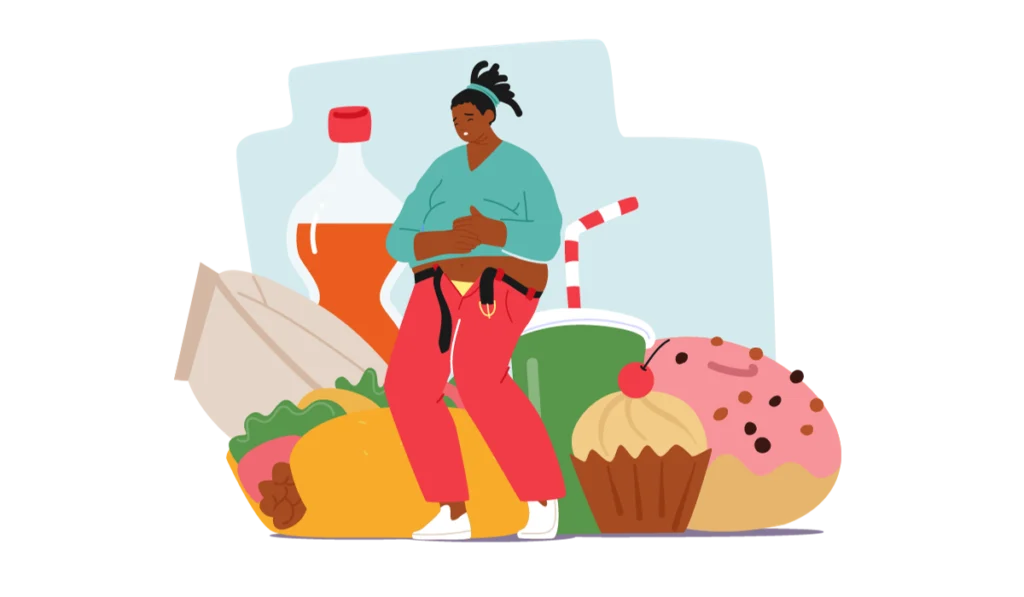
Conclusion: A Delicate Balance
The gut-brain axis represents a sophisticated and delicate balance of systems that influence our relationship with food.
Understanding this interplay may pave the way for better interventions in diet-related disorders, such as obesity.
The challenge remains in managing the desire and pleasure of eating within a world of plenty without compromising our health and well-being.
Discussion
- The gut-brain connection is a complex network involving the vagus nerve and specialized cells in the gut that communicate with the brain.
- Optogenetics research has shown that the gut can trigger the reward centers in the brain, influencing cravings and food pleasures.
- Hormones released by the gut, such as ghrelin, insulin, leptin, CCK, GLP-1, GIP, and PYY, play a role in hunger and fullness regulation.
- The hypothalamus in the brain plays a crucial role in regulating hunger and satiety through POMC and AgRP/NPY neurons.
- The brain's reward system links the need for nutrients with pleasure, making eating enjoyable.
- Understanding the gut-brain connection can provide insights into obesity and eating disorders.
Books on Nutrition: Dive deeper into the fascinating world of the gut-brain axis with our collection of informative books, offering insights into how diet affects your mental and physical health.
Conclusion
- The gut-brain axis is a delicate balance that influences our relationship with food.
- A better understanding of this connection may lead to improved interventions for diet-related disorders like obesity.
- Managing the desire and pleasure of eating while maintaining health and well-being remains a challenge.
Review date not set.
How we reviewed this article:
Latest on:
